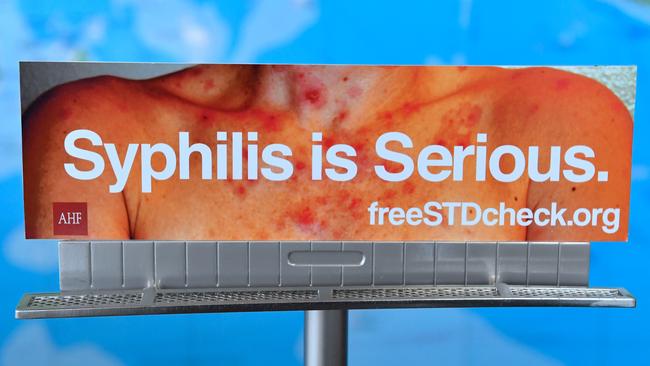Most STIs among young people remain undiagnosed
Researchers say: "Normalise regular testing".

Researchers say: "Normalise regular testing".
Most sexually transmitted infections (STIs) remain undiagnosed, untreated, and can lead to infertility among Australia's young people, according to new modelling.
The UNSW Kirby Institute's annual HIV, viral hepatitis and sexually transmissible infections surveillance report shows more than one in 25 young people aged between 15 to 29 had chlamydia during 2021 yet nearly a third remained undiagnosed.
Co-author Dr Skye McGregor said most chlamydia and gonorrhoea cases were asymptomatic which is why people weren't discovering it. She said people should get tested if they have a change in sexual partner, or every three months if they have multiple casual sexual partners. Dr McGregor also recommends using condoms to limit opportunity for infection.

"We need to normalise that discussion with our GPs and normalise getting tested regularly," she said, adding it was both the responsibility of the doctor to offer the testing and the patient to ask for it.
Untreated STIs can lead to long-term health issues and infertility in both men and women, Dr McGregor warned.
About 10% of women with untreated chlamydia develop pelvic inflammatory disease which causes infertility in 15% of them due to scarring in the fallopian tubes.
While researchers saw a small decrease in chlamydia and gonorrhoea numbers in 2021, it wasn't a cause for celebration. They pointed to both reduced testing - between 2019 and 2021, testing for chlamydia or gonorrhoea among 14 to 24-year-olds declined by 14% - and reduced sexual activity with new or casual partners due to lockdowns. Dr McGregor said there was a risk these numbers would rise again to pre-pandemic levels in the next report.
Before the pandemic, chlamydia and gonorrhoea were on the rise.

Another stark finding of the report was the "dramatic increase" in congenital syphilis, which is when syphilis is transmitted to a baby during pregnancy.
Dr McGregor put this down to the decrease in access to healthcare during the pandemic, which was "worrying" since pregnant women should be tested regularly for STIs as part of pre and antenatal health screening.
"We are particularly concerned about syphilis in women aged 15 to 44 years due to the potential impact on pregnancy outcomes. The data tell us that we may need to focus on enhanced sexual health messaging about syphilis for all sexually active people who may be at risk," she said.
Syphilis numbers also increased more broadly in 2021 after falling for two years.
In 2021 there were 86,916 diagnoses of chlamydia, 26,577 of gonorrhoea and 5,570 of infectious syphilis in Australia.


